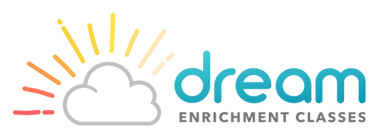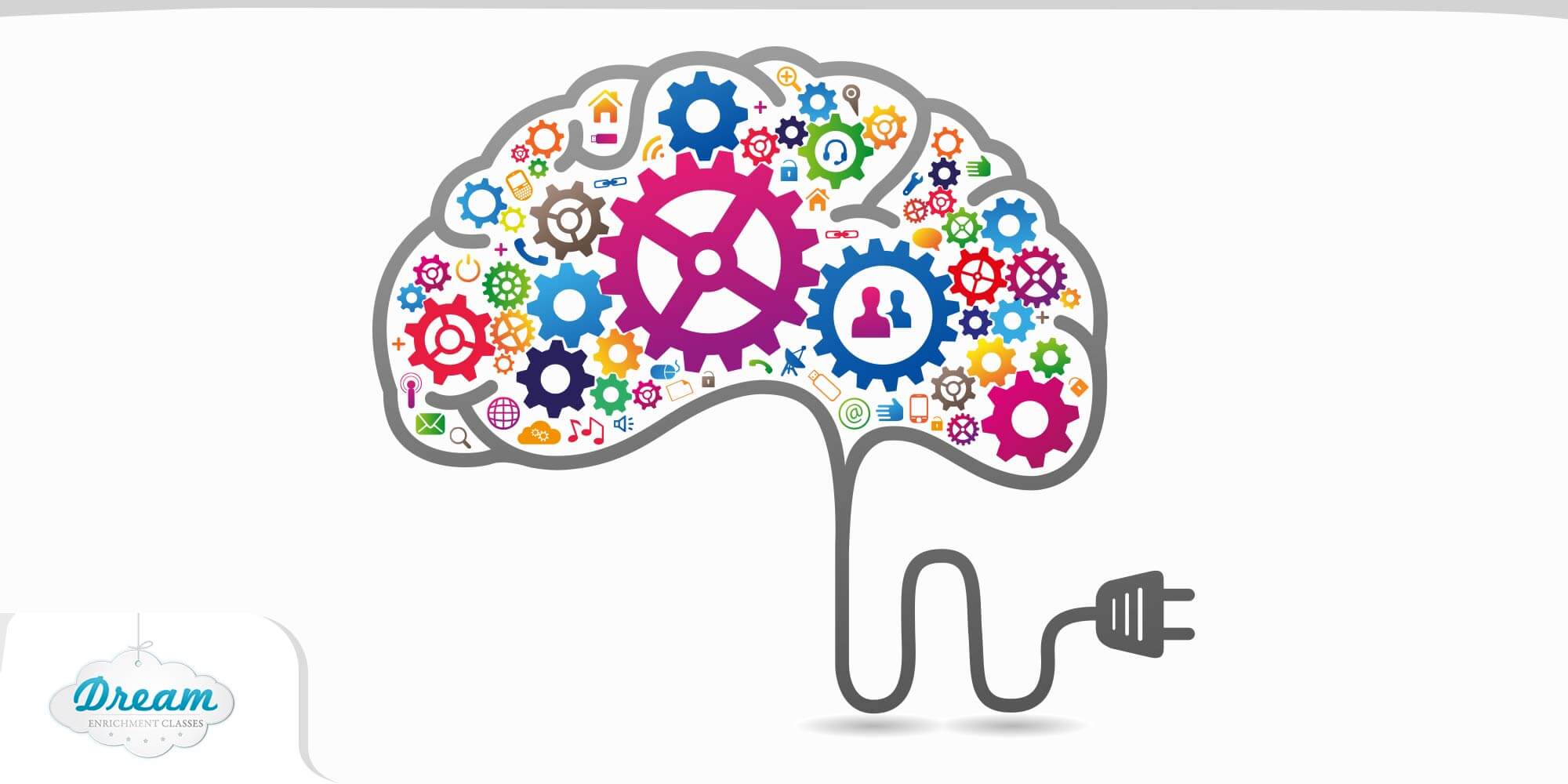STEM Opportunities and the Special Needs Student
Dream Enrichment Classes
Parents of special needs students may hesitate to enroll their children in STEM classes, concerned that the demands of the course material would be too stressful. However, recent research has shown that special needs students can thrive in a STEM environment.
A 2012 study published in the Journal of Autism and Developmental Disorders revealed some interesting information about special needs students and STEM. The study, which looked at 11,000 students nationwide, discovered that students with autism were more likely to choose a STEM major of study in college than their peers in the general population. While overall students have a less than 23 percent chance of choosing to major in a STEM discipline, students with a disorder on the autism spectrum are likely to choose one 34 percent of the time.
The correlation between autism and an interest in STEM may very well come down to cognitive function. Simon Baron-Cohen, director of the Autism Research Center at the University of Cambridge, told Scientific American magazine, "It may be that people with autism naturally think like scientists. They look for patterns, and, in science, you are always looking for patterns that you hope reflect a natural law."
Unfortunately, in spite of this natural proclivity toward STEM, students on the spectrum are still vastly underrepresented in higher education. The study found these students are much less likely than their peers to enroll in college.
In 2010, in reaction to the United States’ poor rankings in math and science among industrialized nations, the Council of Advisors on Science and Technology recommended 1,000 new STEM-focused schools to open by 2020. A study on the success of these schools has shown them to benefit students who are traditionally underrepresented in STEM fields. A 2014 study, led by a professor of economics at Arizona State University, examined the success of 70,000 public STEM-focused high school students in New York City. Three factions of students– females, Hispanics, and blacks – did better in STEM-based high schools than non-STEM high schools. This suggests that other underrepresented groups, including special needs students, might also benefit from exposure to these types of institutions. "While the literature might suggest that STEMs are characterized by a 'chilly environment,' where minorities and females can feel unwelcomed, our results suggest that, in contrast, these schools are doing something right for them," the authors wrote.
Given the national need for STEM participation and the natural tendency of students with autism to succeed in such programs, it is apparent that both parents and educators need to encourage students with special needs to pursue higher education.
"The stats regarding the post-high-school success of students with special needs is very poor. Eighty percent to 90 percent of them are unemployed or underemployed," said Ellis Crasnow, Director of STEM3 Academy in Los Angeles, "These are horrific numbers and our goal is to change them."
STEM3 is a private school geared toward educating students with special needs (including those diagnosed with autism spectrum disorder, ADHD and learning disabilities). If there isn’t a STEM school in your area, a STEM afterschool program like Early Engineers can offer a great introduction to science, technology, engineering and math concepts for any student and may be the key to offering your special needs student an opportunity to thrive.
Join the club!
Join our VIP (Very Important Parent) Club! Be the first to find out about upcoming classes, specials, and discounts.



